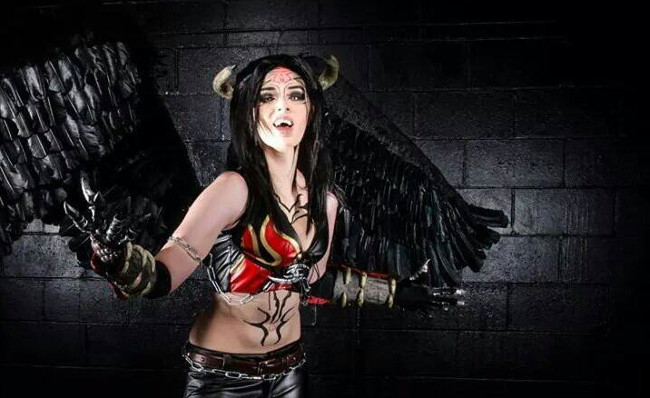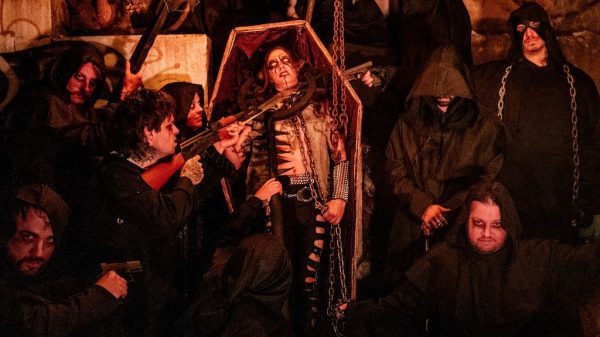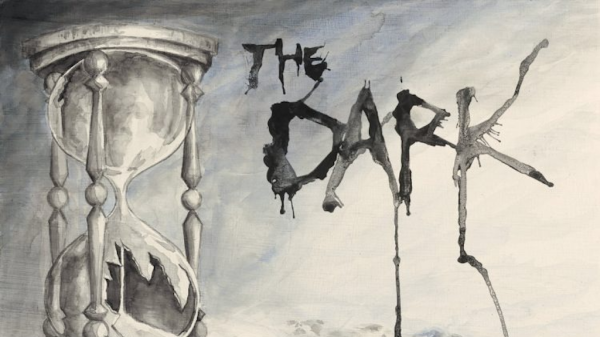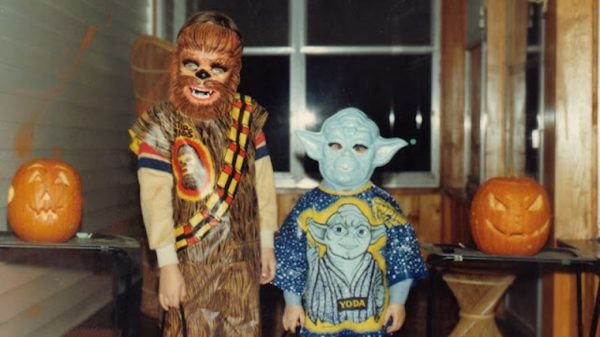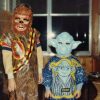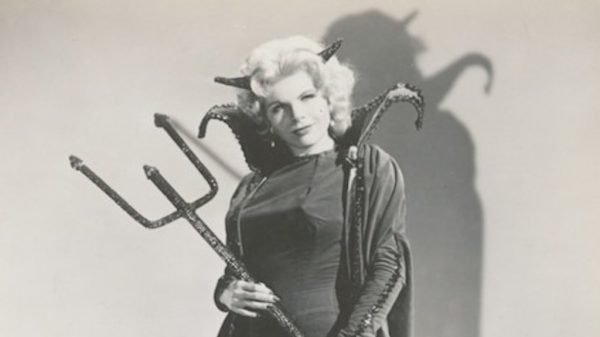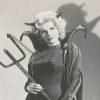The Devil went down to Georgia Labor Day weekend for the 30th year of Dragon-con, the Southeast’s largest fan run convention that drew over 75,000 attendees. The Con took a diabolic turn on Sunday when I found myself in three different panels through out the course of the day, where Satan either started off as the topic of conversation or stole the show and became the topic of conversation. The first panel this happened at was at 10 a.m. – my wife and I joked that being at this panel first thing on a Sunday morning was like going to church. Eric Vernor, who is a media representative for the Peter Gilmore-era of the Church of Satan, was the keynote speaker of this panel. Vernor who writes under the name of Corvis Nocturnum, has written a new book dealing with the Church Satan and it’s place in the modern day called “the Devil’s Due.”
Vernor gave a little history on the Church of Satan, dispelling some of the myths and took questions from the room, which for a Sunday morning was surprisingly full. He made a pretty clear distinction between the Satanic Temple and the Church of Satan. He was a little more diplomatic than I might have been in pointing out the Satanic Temple likes to throw up Baphomet statues in order to scare up some publicity for their social justice causes. While Anton Lavey got his start as a showman and took inspiration from PT Barnum, the fundamental difference is the Church of Satan places the emphasis on personal responsibility. They support the rights of those strong enough to fight for their rights themselves. The overall tone for the morning was that people seemed very shocked that Laveyan Satanists are basically secular humanists with some spooky trappings.
The next panel was “Head Banging Horror.” This panel was originally supposed to be a discussion of the correlation between metal and horror, both in print and on the screen. The conversation soon turned from Geezer Butler’s use of a horror movie for a band name to the circus clowns known as Ghost, before winding it’s way around to one of the genres that readers here at Cvlt Nation would consider metal …black metal. Black metal was used as the example of bands legitimately sincere in their occult beliefs, (of course, we already covered this back in my “the Magick of Metal” series of articles). Talk of black metal took things off the rails, as fans began to ask, why do metal bands feel the need to sing about the devil? My first thought was, because singing about Jesus sucks, but I kept that to myself until forced to interject some history in regards to Scandinavian culture and how church burnings were more saying no to Christianity as a political statement rather than saying yes to the archetype of Satan. By the end of the panel, I was explaining how they should get high and re-watch Beowolf with the sound off and Manowar or Bathory playing.
The third and final satanic moment came at the “Occult, Devils and Demons” gaming panel. The panel featured four authors of various gaming systems, some had even worked for TSR or Wizards of the Coast, home of the legendary Dungeons and Dragons game. Here, gamers were asking about how they could work demons into their games in a way that was scary, and not just some moustache-twirling villain who happened to have horns. I had a hard time relating, as I have never played Dungeons and Dragons as a character who wasn’t either lawful evil or chaotic evil, though I am personally probably true neutral, or at least that what I like to tell myself. So this was the least sinister panel, though the satanic panic of the 80’s was brought up, including the Mazes and Monsters movie with Tom Hanks, where role playing kids were wandering down into the sewers to play a Dungeons and Dragons-like game – though when explained like that, it sounds very close Pokémon Go. This panel stayed pretty focused on looking for ways to make the mythic depictions of devils and demons scary in their players’ gaming sessions. While it made for an anti-climatic end to a day of sympathizing for the “devil,” I think it’s a fitting sign of the times to find even the abundant fantasy lives of geek culture taking a turn to the dark side.
